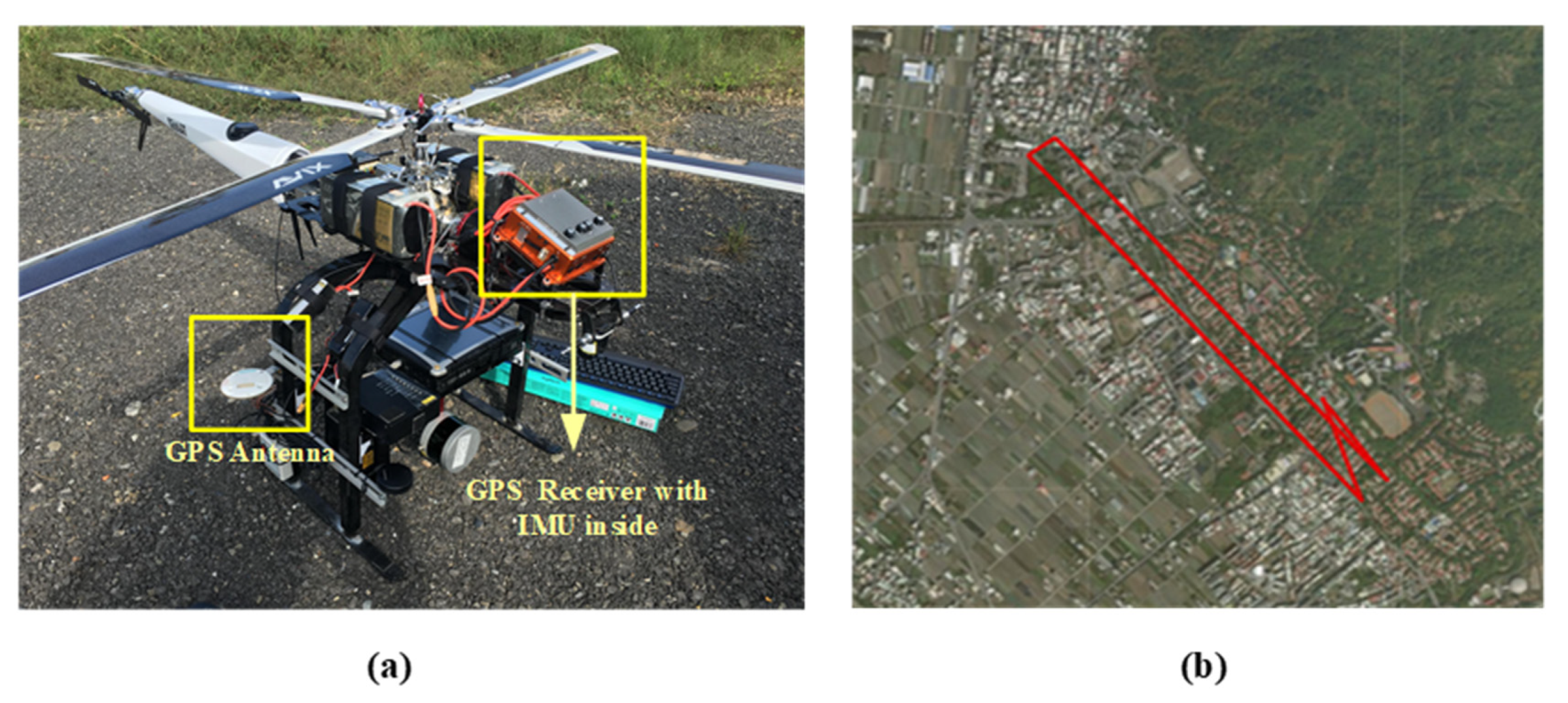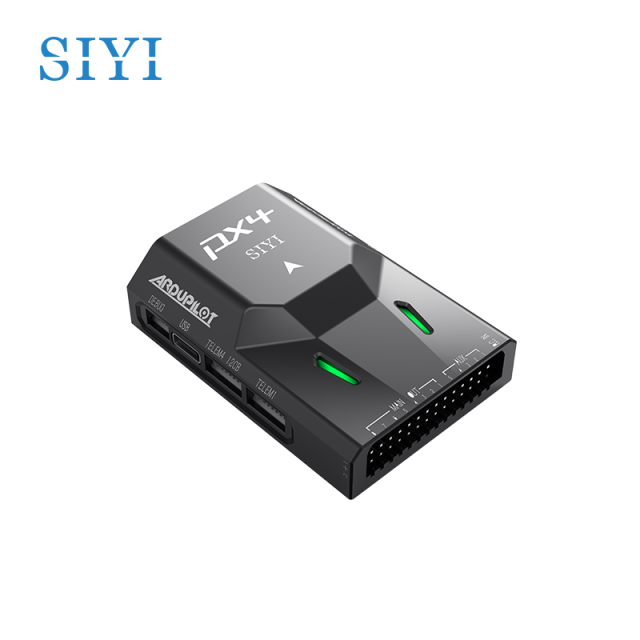Boost Drone Performance with SparkNavi Drone Flight Controller and GNSS/INS Made in Taiwan
Boost Drone Performance with SparkNavi Drone Flight Controller and GNSS/INS Made in Taiwan
Blog Article
Discovering the Function of Drone Trip Controllers in Enhancing Flight Stability and Navigation Efficiency
The innovation of drone modern technology has actually significantly increased the importance of flight controllers, which serve as the brain of these aerial vehicles. By integrating real-time data from an array of sensors, flight controllers enhance flight security and navigating performance, making certain that drones can run smoothly even in complicated atmospheres.

Comprehending Flight Controllers
Flight controllers are important parts in the performance of drones, acting as the minds that maintain and take care of trip procedures. These innovative tools procedure information from numerous sensing units, consisting of accelerometers, gyroscopes, and GPS, to make sure that the drone keeps its desired trip path. The flight controller interprets this data and executes commands based upon pre-defined formulas, making it possible for the drone to reply to ecological modifications, such as wind or challenges.
The primary function of a trip controller is to keep stability during flight. It achieves this by making real-time changes to the drone's electric motors and control surfaces, guaranteeing balance and control. Additionally, modern-day trip controllers integrate advanced functions such as waypoint navigating, enabling for automated flight paths and improved operational effectiveness.
Comprehending the architecture of flight controllers is critical for both professionals and hobbyists. As modern technology advances, flight controllers have actually come to be more qualified and compact, integrating fabricated intelligence to adapt and boost decision-making processes to intricate trip circumstances.
Key Parts of Flight Security
Accomplishing optimum trip stability in drones counts on numerous crucial elements that operate in show to make certain smooth and regulated operations. Central to this stability is the flight controller itself, which refines data from numerous sensors to preserve the wanted trip mindset. This includes accelerometers and gyroscopes that measure movement and alignment, permitting real-time modifications to the drone's position.
One more crucial element is the electronic rate controllers (ESCs), which regulate the power delivered to the electric motors. By finely tuning motor rates in action to trip controller commands, ESCs assist keep balance and counteract disruptions triggered by wind or sudden movements.
Furthermore, the design of the drone's framework plays an essential role in trip security. A well-structured framework decreases vibrations and boosts the general aerodynamic profile, adding to smoother trip attributes. Lastly, the integration of sophisticated formulas within the flight controller help in anticipating modifications, making sure a receptive and versatile trip experience.
With each other, these elements create a cohesive system that boosts a drone's security, enabling precise handling and enhanced efficiency in different trip conditions.
Navigating Performance Strategies
Effectiveness in navigation is necessary for optimizing drone operations, especially in intricate atmospheres. Reliable navigation techniques enhance the capacity of drones to go across tough surfaces and avoid obstacles, consequently boosting functional efficiency and security.
One prominent strategy is the implementation of innovative general practitioners and inertial dimension units (IMUs) that provide exact area tracking and alignment information. These innovations permit drones to determine optimal trip paths in real-time, taking into consideration numerous elements such as wind problems and potential challenges.
One more technique includes using algorithms for course preparation and optimization. Formulas such as A * and Dijkstra's formula can be deployed to determine the most efficient course great post to read while minimizing energy usage and flight time. Furthermore, incorporating device discovering versions can make it possible for drones to adaptively gain from their settings, enhancing navigating capacities through experience.

Influence On Autonomous Drones
The combination of sophisticated navigation methods has profoundly transformed the capacities of autonomous drones, enabling them to run with higher freedom and precision. SparkNavi drone flight controller and GNSS/INS made in taiwan. These improvements are mainly credited to advanced flight controllers that utilize real-time data processing and sensing unit combination, permitting drones to navigate intricate atmospheres effortlessly
The effect on autonomous drones extends past simple navigating; it incorporates improved barrier evasion, improved stability throughout dynamic problems, and raised objective integrity. By leveraging algorithms that include equipment knowing and man-made knowledge, drones can adjust to transforming situations, making educated choices that optimize their flight courses while lessening threats.
Additionally, the implementation of durable flight controllers has actually facilitated the execution of complex tasks, such as airborne examinations, shipment services, and farming monitoring, with marginal human intervention. This capability not just improves operations however additionally minimizes human mistake, consequently improving overall safety and security.
Consequently, the operational range of autonomous drones has actually expanded considerably, making them essential devices in various markets. Their ability to do efficiently in varied situations emphasizes the vital role that advanced flight controllers play in forming the future of unmanned aerial systems.
Future Fads in Flight Control
Often, innovations in trip control technology are positioned to redefine the landscape of drone operations in the coming years. Emerging fads indicate a considerable change towards enhanced expert system (AI) assimilation, allowing trip controllers to refine real-time information more efficiently. This development will certainly facilitate enhanced decision-making abilities, permitting drones why not look here to adapt to dynamic environmental conditions autonomously.
Additionally, the execution of machine knowing algorithms is anticipated to boost anticipating upkeep, thereby reducing downtime and prolonging the lifecycle of drone elements. This positive strategy to upkeep will certainly be essential as drone applications increase throughout numerous industries, from agriculture to logistics.

.jpg)
Lastly, developments in safe interaction methods will certainly resolve safety and security and regulatory concerns, ensuring that drones can operate perfectly in overloaded airspaces (SparkNavi drone flight controller and GNSS/INS made in taiwan). Collectively, these trends point towards a future where flight control systems are not only smarter and extra also qualified yet reliable of running securely in a progressively integrated airspace
Final Thought
In conclusion, drone flight controllers are indispensable to enhancing flight security and navigating efficiency with the innovative handling of sensor data. By keeping optimum flight mindsets and utilizing innovative algorithms for path optimization and challenge evasion, these controllers dramatically contribute to the autonomy and functional safety and security of drones. As technology remains to progress, further developments in trip control systems are anticipated, guaranteeing better performance and broadened capacities in the world of unmanned airborne vehicles.
By integrating real-time information from an array of sensors, flight controllers improve flight security and navigating performance, ensuring that drones can operate smoothly even in complex atmospheres.Flight controllers are essential components in the functioning of drones, serving as the brains that handle and stabilize flight procedures. In addition, modern-day trip controllers integrate sophisticated functions such as waypoint navigation, allowing for automated trip courses and boosted functional effectiveness.
Central to this stability is the flight controller itself, which refines information from different sensors to find more maintain the wanted trip mindset.In conclusion, drone flight controllers are indispensable to improving flight stability and navigating effectiveness through the sophisticated handling of sensor data.
Report this page